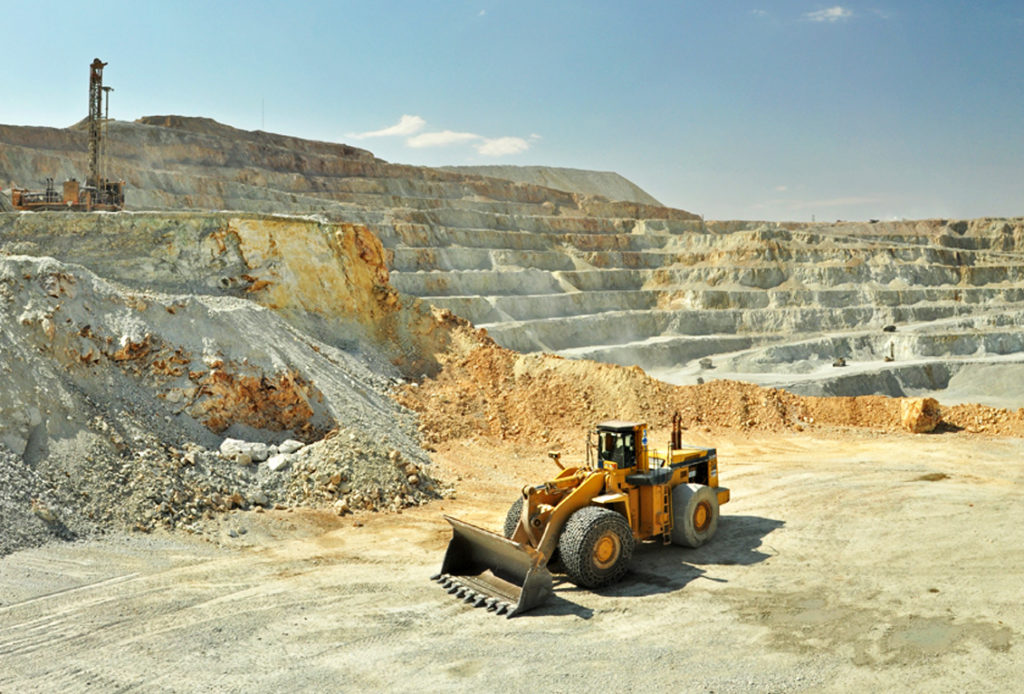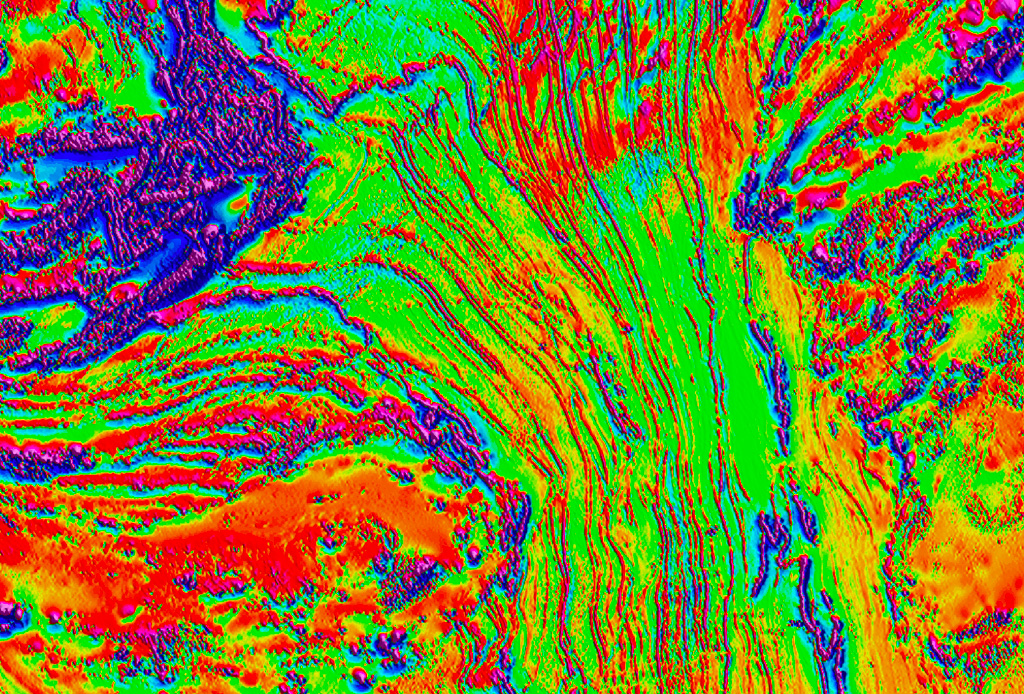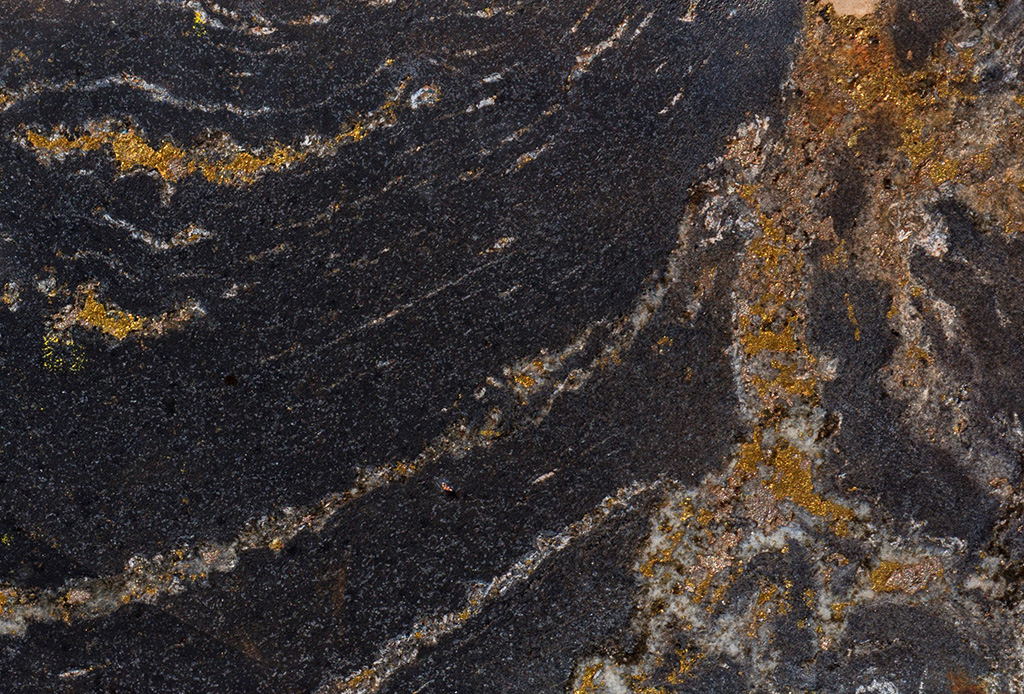Resolving complex 3D structural geometry in a high-grade metamorphic terrane
Following slope instability above the south ramp, caused by the emergence of a very large, competent amphibolite lens, the Geotechnical and Geology Departments on De Beers’ Venetia Mine contacted Tect in 2003. The initial brief was to structurally map the pit, which was on Cut 2 at the time, and to create a 3D model of the poly-deformed, upper amphibolite facies country rock volume, which also contained a n extensive dolerite sill and dyke system. This resulted in the first geological map of Venetia’s country rocks in 2004. Which was followed by quarterly mapping of the pit and regular update of the geological model in GEMCOM until 2011. In total, Tect spent a year in-pit, collecting mapping data across numerous cuts and pushbacks. During the same period, Tect described and characterized all of the major ductile and brittle-ductile structures, including the NE-SW-trending Liezel-Tina Shear Zone and major F3 fold geometries. Tect contributed to numerous Geotechnical Review Board (GRB) meetings, which were instrumental in the 3D structural geometry being incorporated into the design shells and cutbacks, in turn resulting in numerous several designs over more than a decade.
In late 2015, De Beers commissioned Tect to construct an updated, fully-constrained, 3D country rock model using Leapfrog. Part of this exercise was to incorporate an extensive suite of downhole oriented core data, scanline data and face mapping data and to consider data from the Geology, Geotechnical Engineering, MRM and Hydrogeology Departments at Venetia Mine. This resulted in the delineation of several structural domains within which the main plane of anisotropy (S2) and a prolation (L4) were distinct, based on robust stereonet analysis. This allowed Tect to input structural trends and ellipsoid ratios into Leapfrog, to generate a continuous and entirely faithful 3D representation of major host units and their contacts.
Smooth, Radial Base Function-generated surfaces provided the first truly representative geometries of these major contacts, which were interrogable using Tect’s proprietary Apparent Dip analysis. This is a technique whereby a main plane of anisotropy, in this case the contact of a tectonostratigraphic unit, is analyzed in terms of its intersection angle with a design surface. The algorithm calculates the apparent dip of a triangulation at its intersection point, on a grid, with every face of the design surface. This angle is then colored according to this relative angle and binned into categories, such as: flat, dipping into the face, dipping out of the face and/or exceeding a critical friction angle. The latter “hotspots” are extremely informative and effectively delineate areas that need to be more closely monitored. This highlighted, amongst other areas, zones where out-of-sequence, mesoscale, F3 folds could have an adverse effect on the north face. This predictive capacity allowed for contingency measures to put into place with ongoing mining. The converse was also true, where zones that showed either flat or zero apparent dips or where the apparent dip was out of the pit, could be monitored less closely or were of lower risk.
In 2016, Tect proposed the creation of form surfaces, which are 3D representations of the major plane of anisotropy through the volume of interest. Tect develop MATLAB and Python scripts to judiciously and accurately sample several overlapping data sets in 3D, in order to generate a single dip direction and dip in a 3D grid. This grid was then transformed into a series of representative S2 form surfaces, built to the pre-mining surface and spaced at between 30m and 50m. The great advantage of these form surfaces is that they essentially intersect any current or future pit design and may, furthermore, also undergo Apparent Dip analysis. The results of more than a decade of mapping by Tect and their cutting-edge development of these techniques were published into two international, peer-reviewed articles:
Structural Analysis and Implicit 3D Modelling of High-Grade Host Rocks to the Venetia Kimberlite Diatremes, Central Zone, Limpopo Belt, South Africa by Ian Basson, Pieter Creus, Chris Anthonissen and Ben Stoch of Tect and Josef Ekkerd of De Beers, in the Journal of Structural Geology, 86, 47-61 (2016).
3D Fabric analysis of Venetia Mine, South Africa: Using structural measurements and implicitly-modelled surfaces for improved pit slope design and risk management by Pieter Creus, Ian Basson, and Corne Koegelenberg of Tect, Josef Ekkerd and Phil de Graaf of De Beers and Marnus Bester and Tshepo Mokele of Kumba, in the Journal of African Earth Science, 155 (2019).
Please contact us at info info@tect.co.za for more information or to obtain digital copies of these publications.


